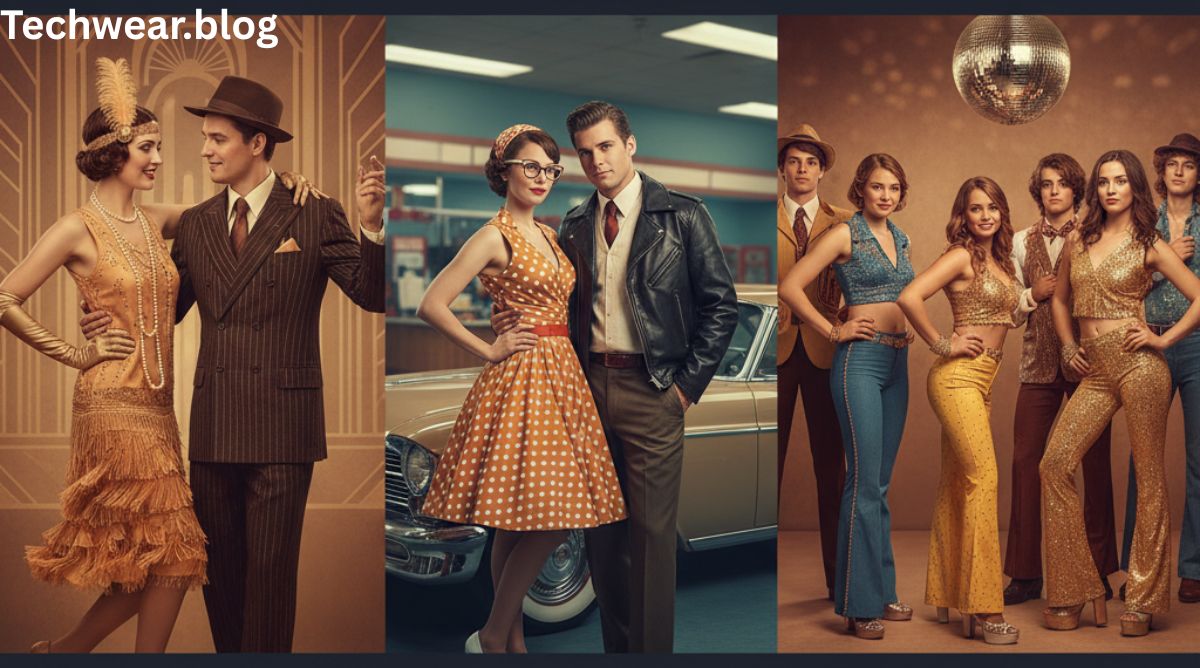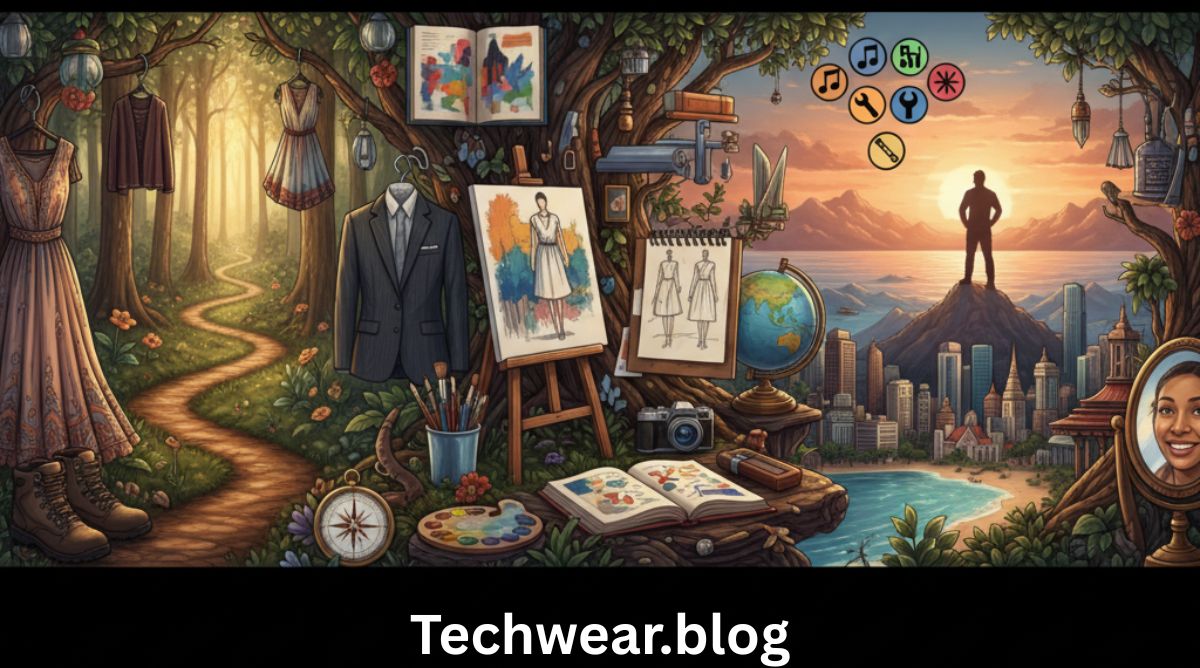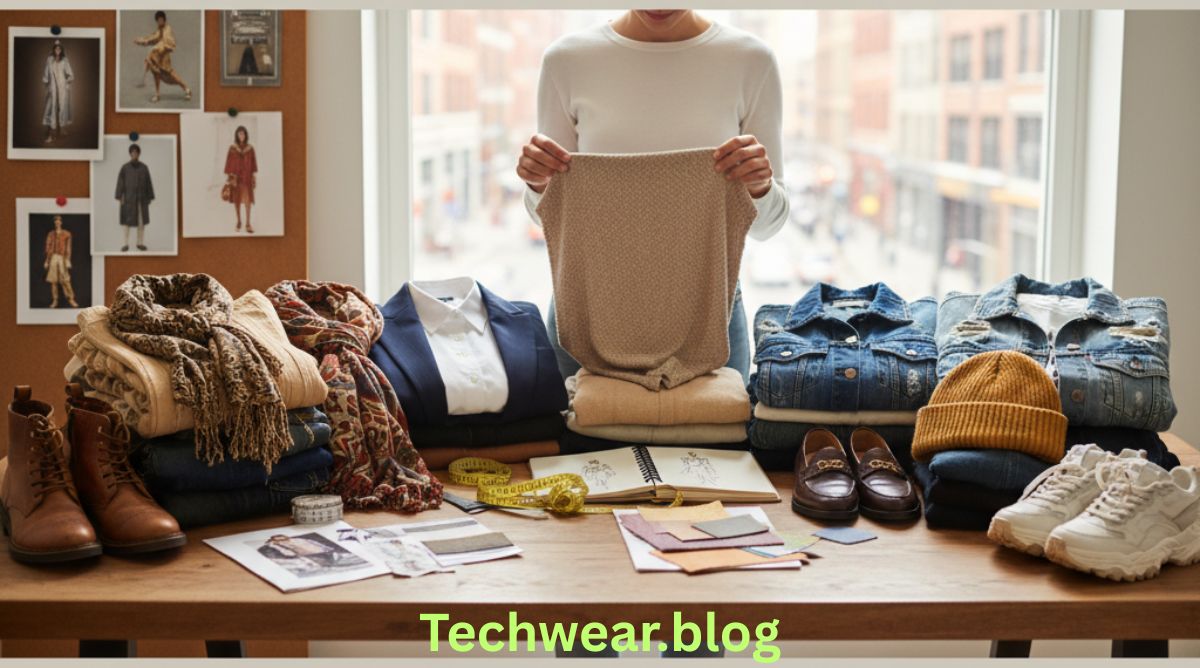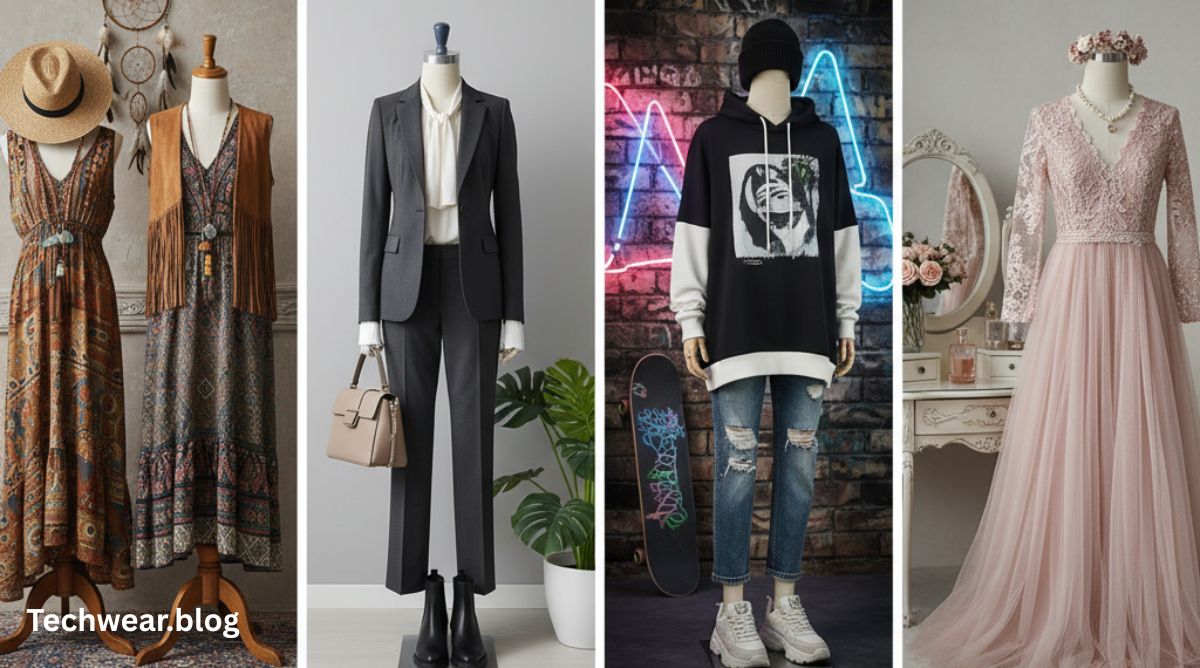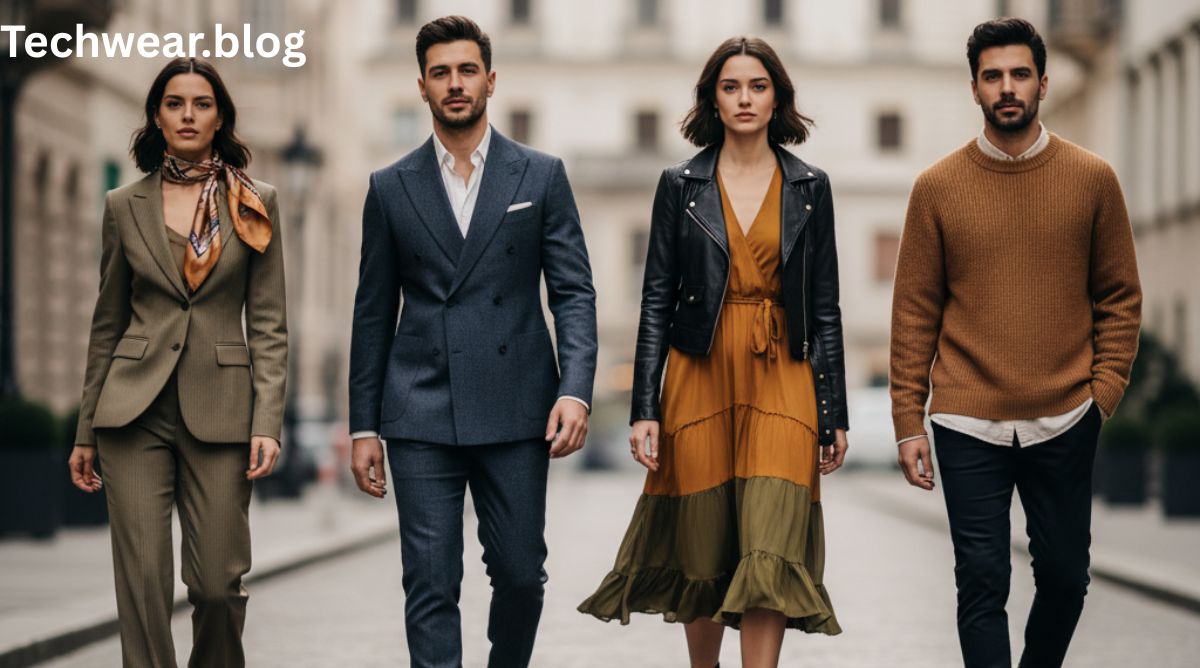Retro fashion style is a celebration of nostalgia, creativity, and timeless charm. It takes inspiration from the past, reviving trends, silhouettes, and aesthetics from earlier decades—typically the 1920s through the 1990s. This fashion style doesn’t just copy vintage looks; it reinterprets them with a modern twist, creating something both familiar and fresh.
To understand the cultural background and evolution of fashion itself, you can explore Fashion on Wikipedia.
Understanding Retro Fashion Style
Retro fashion style refers to clothing, accessories, and design elements that are inspired by or imitate the fashion trends of the past. The word “retro” originates from the Latin term retro, meaning “backward” or “in past times.”
While vintage fashion refers to authentic old clothing from a specific period, retro fashion describes modern recreations or reinterpretations of those styles. For instance, wearing a 1970s-style jumpsuit produced in 2025 would be considered retro, not vintage.
Retro fashion allows people to express individuality by combining elements from different eras with contemporary trends.
The Difference Between Retro and Vintage Fashion
Although people often use the terms “retro” and “vintage” interchangeably, they mean different things in the world of style:
- Vintage: Actual garments made during an earlier time (for example, an original 1960s mod dress).
- Retro: Modern pieces designed to resemble styles from past decades (for example, a new dress inspired by 1960s mod fashion).
Retro fashion thus celebrates the essence of earlier styles without relying on old materials or production techniques.
The History and Evolution of Retro Fashion
Retro fashion began to rise in popularity in the late 20th century when designers and consumers started revisiting past eras for inspiration. Each decade since then has seen revivals of different styles:
- 1970s: Revival of 1950s glamour and pin-up silhouettes.
- 1990s: Return of 1960s mod and 1970s bohemian looks.
- 2000s: Nostalgia for 1980s neon and streetwear aesthetics.
- 2020s: Blending multiple decades, from Y2K minimalism to 1970s earthy tones.
Fashion is cyclical—what was once old often becomes new again. Retro fashion thrives because it connects personal memories and cultural identity through clothing.
Key Characteristics of Retro Fashion Style
Retro fashion can draw from various time periods, but certain characteristics make it stand out:
- Bold colors and prints: Retro pieces often feature polka dots, florals, stripes, and geometric shapes.
- Distinct silhouettes: From 1950s full skirts to 1980s power shoulders, shape defines each decade.
- Playful accessories: Retro looks often include statement jewelry, cat-eye sunglasses, or vintage-inspired hats.
- Mix of eras: A modern retro look may combine 1970s denim with 1990s crop tops.
- Cultural symbolism: Each retro element evokes a story—freedom, rebellion, romance, or sophistication.
The Iconic Eras of Retro Fashion
Retro fashion draws heavily from specific decades known for their distinctive aesthetics. Let’s explore how each era influences modern retro style:
1920s – The Flapper Era
The 1920s brought liberation and elegance. Flapper dresses, fringe details, bobbed hair, and pearls symbolized women’s newfound freedom. The look was glamorous yet rebellious.
1950s – The Golden Age of Glamour
The 1950s reintroduced feminine silhouettes after World War II. Cinched waists, full skirts, and polka dots defined this decade. Men’s fashion featured tailored suits and slick hairstyles.
1960s – The Mod Revolution
Bright colors, geometric prints, and short hemlines dominated the 1960s. Icons like Twiggy and Audrey Hepburn popularized shift dresses and chic accessories.
1970s – The Bohemian and Disco Decade
This decade fused hippie freedom with disco glamour. Bell-bottoms, platform shoes, suede jackets, and metallic fabrics became iconic.
1980s – The Power and Pop Culture Era
Boldness defined the 1980s. Think shoulder pads, neon colors, oversized blazers, and statement jewelry. Music and pop culture—from Madonna to Michael Jackson—shaped fashion identity.
1990s – The Minimalist and Grunge Period
The 1990s balanced simplicity with rebellion. Slip dresses, chokers, ripped jeans, and oversized flannels dominated the era, blending streetwear and casual chic.
Each of these eras continues to inspire modern designers and everyday fashion lovers who adore retro aesthetics.
Why Retro Fashion Style Is Popular Today
Retro fashion appeals to people for many reasons beyond mere nostalgia:
- Sustainability: Reusing or reimagining old styles supports eco-friendly fashion practices.
- Individuality: Retro fashion allows wearers to stand out in a world dominated by fast fashion.
- Emotional connection: Many people associate retro looks with personal or cultural memories.
- Timeless appeal: Classic cuts and fabrics rarely go out of style.
- Mixing modern and old: It’s easy to pair retro items with contemporary pieces for a unique, balanced look.
Social media platforms like Instagram and TikTok have also contributed to the retro resurgence, with hashtags like #RetroStyle and #VintageVibes inspiring new generations.
How to Identify and Wear Retro Fashion
If you’re inspired by retro fashion, here’s how to embrace it with confidence:
- Choose your favorite decade: Decide which era reflects your personality—1950s elegance, 1970s freedom, or 1990s casual cool.
- Start small: Introduce retro accessories like scarves, sunglasses, or handbags.
- Mix with modern: Pair vintage-inspired tops with jeans or sneakers for balance.
- Play with colors and prints: Don’t be afraid of bold patterns and hues.
- Focus on fit: Even when borrowing from the past, ensure your clothes fit comfortably and flatter your body shape.
Retro fashion isn’t about costume dressing—it’s about adding a nostalgic touch to everyday outfits.
Icons Who Shaped Retro Fashion
Several figures have defined retro style, influencing both their time and future generations:
- Audrey Hepburn: Her elegant simplicity in the 1950s and 1960s remains timeless.
- James Dean: Embodied 1950s cool with jeans, white tees, and leather jackets.
- Madonna: Brought 1980s boldness and rebellion to mainstream fashion.
- David Bowie: His glam-rock experimentation blurred gender and fashion norms.
- Princess Diana: Her 1980s and 1990s looks remain major style inspiration today.
Modern celebrities like Harry Styles, Dua Lipa, and Zendaya also reinterpret retro trends, blending old aesthetics with contemporary flair.
Retro Fashion in Modern Design
Today’s designers frequently revisit the past for inspiration. Brands like Gucci, Dior, and Versace have incorporated retro prints, flared silhouettes, and classic tailoring into their collections.
The cyclical nature of fashion ensures that retro trends always find their way back. For example:
- 1970s bell-bottoms have returned as flared pants.
- 1990s crop tops and chokers are staples of Gen Z fashion.
- 1980s neon colors have resurfaced in sportswear and streetwear.
Retro fashion continues to evolve while maintaining a link to the cultural identity of its original era.
The Role of Retro Fashion in Sustainability
Retro fashion contributes positively to sustainable fashion practices. By reusing, recycling, or upcycling older designs, consumers reduce waste and environmental impact. Thrifting and second-hand shopping are now celebrated as stylish and ethical choices.
Many sustainable fashion brands design new garments with retro influence, promoting longevity over disposable trends.
The Emotional Appeal of Retro Fashion
Retro fashion connects people emotionally to the past. It evokes memories of simpler times, family influences, and cultural milestones. Wearing retro-inspired clothing can feel comforting, meaningful, and empowering.
Psychologically, it provides a sense of continuity—allowing wearers to celebrate heritage while staying relevant in the present.
Conclusion
What is retro fashion style? It’s a bridge between past and present—a creative revival of iconic eras that shaped our cultural identity. Retro fashion celebrates individuality, nostalgia, and sustainability. It lets you tell your story through timeless silhouettes, playful prints, and memorable aesthetics.
Whether it’s a 1950s-inspired dress, a 1970s boho blouse, or 1990s grunge denim, retro fashion remains endlessly inspiring. As Wikipedia notes, fashion is a reflection of society—and retro fashion reflects our longing to connect with history while redefining it for today’s world.
By embracing retro style, you’re not just wearing clothes from the past—you’re reviving its spirit, making old trends beautifully new again.






